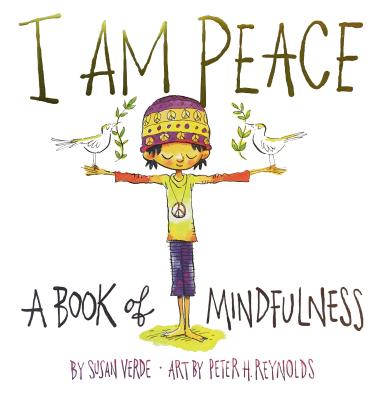“Establishing lasting peace is the work of education; all politics can do is keep us out of war.” – Dr. Maria Montessori
Many parents will give a sigh of relief as they pass the schooling baton back to the teachers when their children return to out-of-home classrooms. However, when children do return to the classrooms, the classrooms will look very different from the pre-pandemic model of public education.
The vast amount of time that parents and children spent together over the past year has forever changed them, along with the future of education. Parents and children know too much to turn back now. A new era of education is already on the horizon. Our education systems cannot continue to focus primarily on academics. The cumulative effects of trauma on children, caused by this pandemic, must be addressed.
Our schools will need parents’ help to put new social and emotional curriculums in place. Just because children have returned to out-of-home classrooms doesn’t mean parents no longer share responsibility for the quality and content of their children’s education. When children spend their days with other adults, they must depend on their parents to make sure those adults are well supported and have the resources they need to provide the social and emotional support children need to survive and thrive.
The best and only antidote I know to heal the trauma caused by the climate of stress that has permeated all of our lives for more than a year is to create a climate of peace. Our children need “pockets of peace” in our homes, in our schools and our communities. Children need to know they have places where they feel safe to pause and just breathe before doing the next thing.
Living Peace At Home
At home, we are children’s invisible curriculum. We can choose to teach kindness, compassion, empathy, generosity and peace by what we model every day from day one. Our children are watching, listening and feeling everything we put out here. We create pockets of peace when we 1) read books to our children that teach them about kindness, empathy and compassion like the I Am series by Susan Verde. And 2) I recommend teaching young children The Montessori Silence Game to teach them about ringing a beautiful bell and taking a deep breath to feel calm. My personal pocket of peace is to transform my stress into peace by singing or humming the “I Am Peaceful” song by Amanda Duquette, of KindKids Music. To the tune of “Frere Jacques,” we sing, “I am peaceful, I am peaceful. Yes I am, yes I am. I can calm myself down, I can calm myself down. Yes I can, yes I can.”
Living Peace At School
Our children need to know they will have opportunities to have pockets of peacefulness that are intentionally built into the school day as part of their regular curriculum. It’s important for children to learn how their brains work and how they can use that knowledge to reduce stress and increase happiness. The best social and emotional support program that I can recommend is Mind Up. Teachers and students love it, it is economical and it blends easily with any school’s existing academic curriculum.
Living Peace In the Community
Our youth need pockets of peace in their communities, where they can spend time with other young people figuring out ways to make a difference in their countries and in our world. I’m proud to be able to say that we have that kind of community in Maine. For 27 years, The Seeds of Peace Camp in Otisfield, Maine has been a pocket of peace for high school students from around the world, who want to learn how to take a leadership role in creating peace in their native country.
There is so much we don’t know about what life is going to look like going forward. Yet, there is a lot we can do to make sure we are moving forward in the best way possible for the children. When we create a peaceful childhood for children, we grow children who will create a peaceful world.


